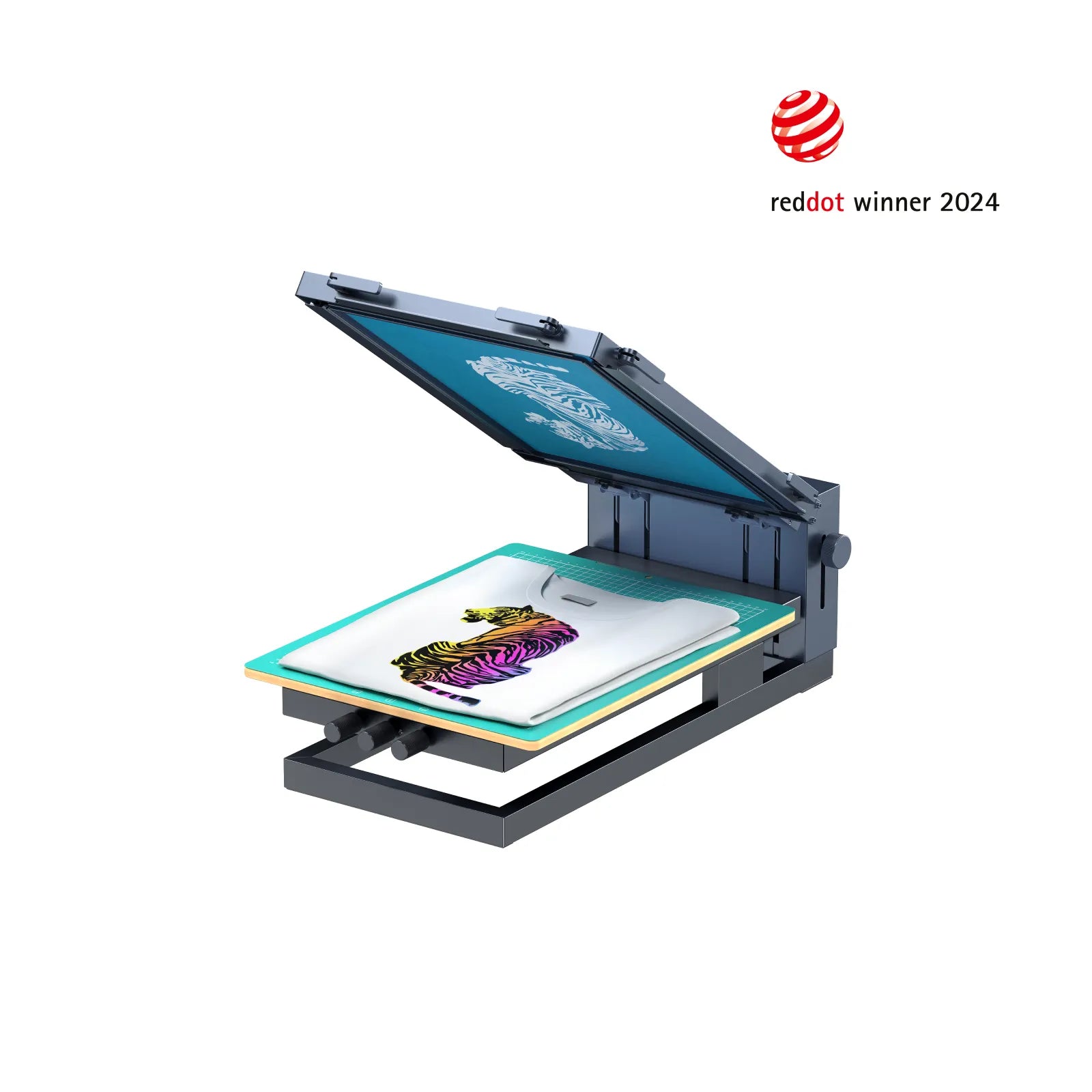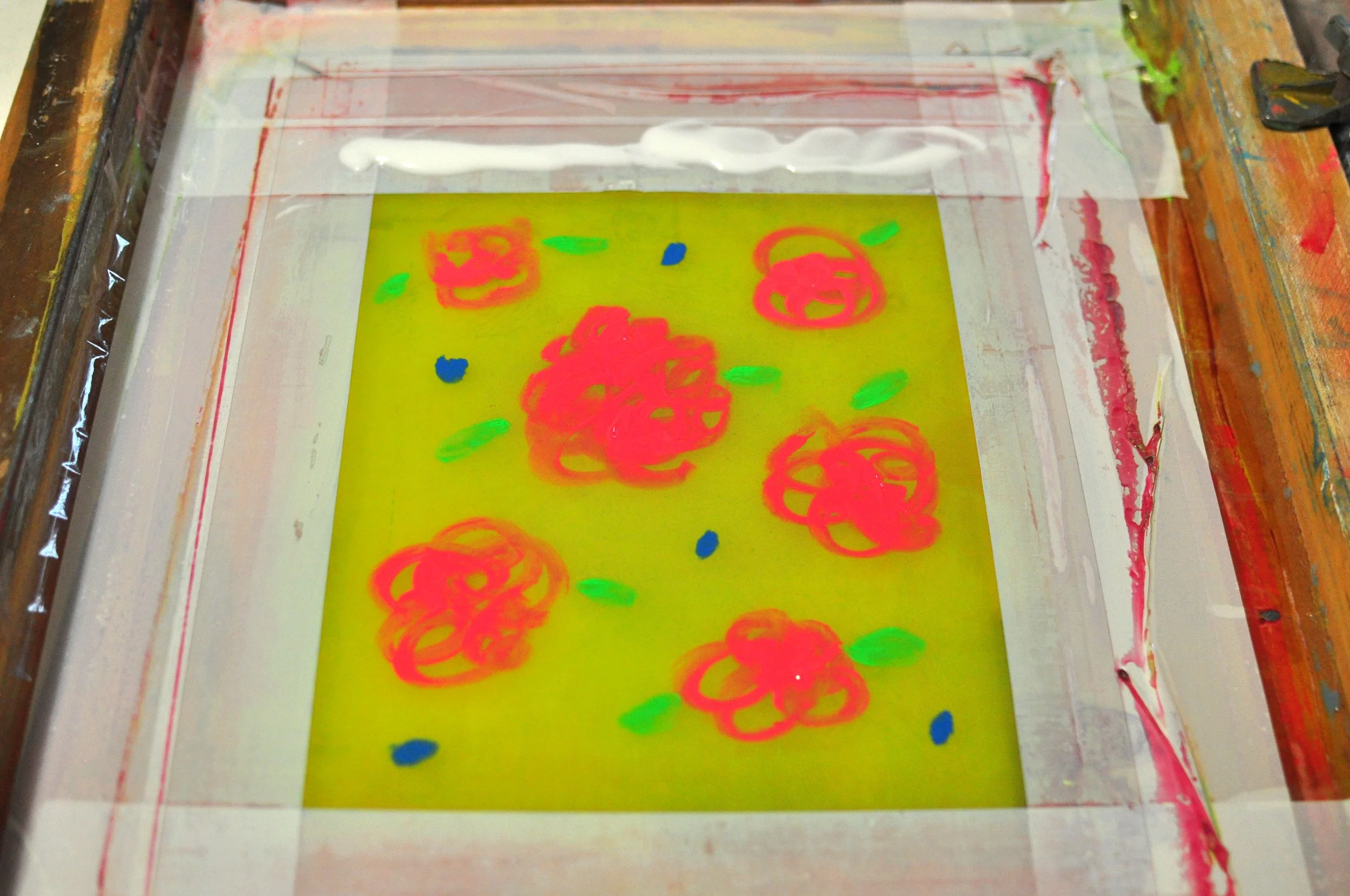ChatGPT said: Why businesses prefer 10:9 Design LLC Company for bulk printing
Discover the Various Kinds Of Screen Printing Techniques for Your Following Task
Screen printing provides a varied variety of strategies that can improve any type of imaginative job. From conventional approaches like serigraphy to contemporary technologies such as direct-to-garment printing, each approach has its unique benefits. Specialty choices, consisting of environment-friendly and metal inks, present much more opportunities. Comprehending these techniques can greatly impact the final outcome. The obstacle exists in selecting the most appropriate technique for details needs and desired effects. What aspects should one consider?

The Basics of Screen Printing
Although screen printing may appear facility, it is fundamentally a straightforward procedure that involves transferring ink through a mesh screen onto various surface areas. The method starts with the production of a pattern, which specifies the design to be printed. This stencil is connected to a mesh screen, usually made from polyester or nylon. As soon as the pattern is in place, ink is put on the screen and pressed with the mesh using a squeegee, leading to the desired pattern being printed on the underlying material.
Screen printing can be performed on a vast array of substratums, consisting of plastic, fabric, and paper, making it a flexible choice for different tasks. The process enables intricate designs and vivid colors, making it prominent in industries such as art, style, and advertising and marketing. Understanding these essentials furnishes individuals with the fundamental understanding required to discover advanced methods in screen printing.
Typical Screen Printing Techniques
Conventional screen printing techniques have been used for centuries, maintaining the workmanship and virtuosity of this technique. This approach makes use of a mesh screen to transfer ink onto a substrate, such as fabric or paper, allowing for resilient and vibrant styles. The procedure starts with creating a pattern, which obstructs certain areas of the screen to control where the ink will be applied.
One prominent method is serigraphy, frequently made use of for limited editions and artistic prints. An additional is using water-based inks, which are environmentally friendly and offer a soft feeling on fabrics - 10:9 Design Screen Printing. Additionally, conventional approaches can consist of hands-on printing, where craftsmens use ink with a squeegee, guaranteeing accuracy and interest to information
These methods remain valued in the sector for their responsive quality and the one-of-a-kind textures they create, attracting both developers and consumers who value the heritage of screen printing.
Digital Screen Printing Innovations
As the need for faster production and customization in the printing sector has surged, electronic screen printing advancements have actually become a game-changer. This innovation mixes typical screen printing techniques with electronic procedures, allowing for quick prototyping and intricate styles that were previously challenging to attain. One substantial development is the intro of direct-to-garment (DTG) printing, which helps with high-grade, full-color prints on numerous textiles without the need for screens. Furthermore, improvements in ink solutions have led to environment-friendly options that keep vivid colors while reducing ecological influence. Making use of automated systems even more enhances manufacturing, lowering labor costs and improving precision. These technologies not only satisfy tiny batch orders and individualized styles yet likewise enable for quicker turnaround times, making them suitable for services concentrated on meeting consumer needs in a busy market. Digital screen printing, subsequently, represents an essential evolution in the domain name of printing strategies.
Specialized Screen Printing Methods
Checking out specialized screen printing approaches reveals a varied array of methods that press the borders of creativity and capability in the printing industry. Amongst these, glow-in-the-dark inks offer an unique aesthetic result, making designs come active in low-light conditions. Metal inks, understood for their glittering surface, add a touch of luxury to published materials. An additional ingenious method is discharge printing, which removes color from the material rather than adding ink, resulting in a soft, classic feel. High-density printing creates a raised structure externally, improving tactile interaction. Furthermore, water-based inks are gaining popularity for their dynamic shades and lowered environmental impact. Each of these specialty methods accommodates certain layout requirements, enabling brands and artists to produce standout items that reverberate with their audiences. By leveraging these techniques, services can elevate their screen printing tasks to new heights, making certain remarkable perceptions.
Eco-Friendly Screen Printing Options
Eco-friendly screen printing options are obtaining traction as the sector moves towards sustainability. Sustainable ink choices and the use of eco-friendly products are essential parts in reducing the environmental impact of the printing procedure. By taking on these methods, screen printers can add to a much more lasting future while maintaining high-grade outcomes.
Sustainable Ink Choices

Biodegradable Materials Use
As the screen printing sector advances, the consolidation of biodegradable products is ending up being significantly important for ecologically aware methods. Designers and suppliers are currently discovering inks and substratums made from all-natural, eco-friendly sources that break down more efficiently than standard counterparts. These biodegradable options reduce plastic waste and reduce environmental impact, aligning with the expanding demand for sustainable products.
Typical examples include water-based inks and organic cotton textiles, both of which reduce hazardous chemicals and promote eco-friendliness. Brand names that take on these materials frequently improve their market allure, drawing in consumers who focus on sustainability. As understanding of environmental issues proceeds to climb, the change towards biodegradable materials in screen printing is likely to obtain momentum, cultivating a greener sector criterion.
Picking the Right Strategy for Your Task
Just how can one determine the most suitable screen printing method for a certain project? The decision rests on a number of aspects, including the material to be published on, the complexity of the design, and the wanted manufacturing volume - 10:9 Design Screen Printing. As an example, direct-to-garment printing is optimal for detailed designs with various colors, while typical screen printing succeeds for larger runs of simpler graphics
In addition, consideration of the end-use of the printed product is important. For exterior applications, strategies that provide longevity and weather resistance, such as plastisol ink, might be favored. Alternatively, environmentally-conscious tasks may take advantage of water-based inks or naturally degradable products.
Eventually, recognizing the task's one-of-a-kind requirements enables an informed choice, guaranteeing both aesthetic charm and useful long life. By reviewing design complexity, material compatibility, and manufacturing range, one can properly pick one of the most suitable screen printing method to fulfill their project's goals.
Often Asked Questions
What Is the Background of Screen Printing?
Screen printing stemmed in old China around 1000 AD, advancing through Japan and Europe. By the 20th century, it came to be prominent in business art and style, changing just how designs were produced and dispersed worldwide.

How Do I Prepare Art Work for Screen Printing?
To prepare artwork for screen printing, one should assure high resolution, utilize an appropriate shade setting, produce separate layers for each shade, and transform text to describes, guaranteeing compatibility with the printing process and desired end result.
What Materials Are Best for Screen Printing?
The most effective materials for screen printing consist of top notch inks, sturdy screens, and ideal substratums like cotton, polyester, or blends. Furthermore, utilizing suitable solution and squeegees can boost the printing procedure and last results.
Can I Evaluate Print in the house?
Yes, screen printing in your home is possible. With the ideal materials, configuration, and techniques, people can create top quality prints. Nevertheless, careful consideration of office and tools is necessary for successful results.

What Prevail Mistakes in Screen Printing?
Typical mistakes in screen printing consist of inappropriate direct exposure times, insufficient ink consistency, imbalance of displays, inadequate cleaning of materials, and ignoring to test prints. These errors can jeopardize the quality and accuracy of the last item.
Screen printing may seem complicated, it is essentially a straightforward procedure that entails moving ink with a mesh screen onto numerous surface areas. As the need for faster manufacturing and personalization in the printing industry has actually surged, electronic screen printing innovations have actually arised as a game-changer. Exploring specialty screen printing techniques exposes a varied range of strategies that push the borders of imagination and capability in the printing market. The ideal materials for screen printing consist of high-quality inks, durable displays, and appropriate substrates like cotton, polyester, or blends (10:9 Design LLC Company). Common mistakes in screen printing consist of inappropriate direct exposure times, inadequate ink consistency, imbalance of displays, not enough cleaning of materials, and disregarding to evaluate prints